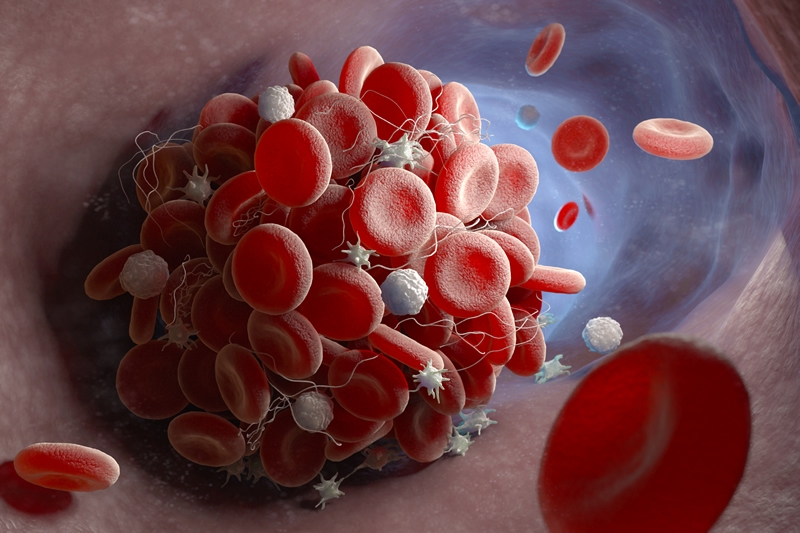
Get CPR training for your team!
If you have any questions feel free to email us at info@emccprtraining.com
CONTACT ONE OF OUR EXPERTS HERE

Last Updated on June 3, 2023 by CPR Training
A stroke is a brain attack and a medical emergency. It can happen when a blood clot blocks or ruptures a blood vessel in the brain or when a blood vessel in the brain bursts. The immediate result is a lack of blood flow to the brain, and brain cells begin to die within minutes without oxygen and nutrients. A stroke can be either “ischemic” or “hemorrhagic,” depending on its cause:
How to Respond to Someone Experiencing a Stroke
If you see someone experiencing a stroke, call 911 immediately. If you are with the person experiencing the stroke, try to calm them down and keep them safe until help arrives. Be prepared to perform CPR if needed.
Diagnosing a stroke is a process that involves several steps. First, your doctor will ask questions about your symptoms and medical history. Second, they may also perform a physical exam to check for signs of a stroke.
Third, different tests will be used to determine if you have had a stroke. These include:
Treatment options include:
Prevention is the best way to avoid a stroke. Here are some lifestyle changes you can make:
After you’ve had a stroke, getting the right kind of care is important. Participating in physical therapy and making lifestyle changes can significantly impact the road to recovery. Below are some helpful changes that can be made in your everyday life.
Stroke complications can range in severity from mild to severe. Some of the most common complications include:
Stroke in children is rare, but it can happen. A child’s most common stroke symptom is weakness or paralysis on one side of the body. Other symptoms include:
If you think your child may have had a stroke, call 911 right away. Stroke treatment options for kids are similar to those available for adults–including medications, surgery and rehabilitation therapy. Still, they’re tailored to meet their unique needs as growing bodies change.
—
**Take the First Step Towards Life-Saving Knowledge Today!**
It’s time to take action. The power to save lives is within your reach!
Every second counts in emergencies. Being equipped with knowledge of first aid, CPR, and more specific medical emergencies such as strokes could make all the difference. We at EMC CPR & Safety Training are here to guide you every step of the way.
If you’ve ever felt unprepared or at a loss during a critical moment, you know how necessary this training is. If you haven’t, consider yourself fortunate, but don’t take that luck for granted. You never know when a loved one, a colleague, or even a stranger might need your help in a life-threatening situation.
That’s why we’re inviting you, your friends, family, and coworkers to schedule onsite training with us. This isn’t just another day in the classroom; it’s a life-changing experience that will equip you with essential skills and confidence to act when it matters most.
EMC CPR & Safety Training specializes in providing comprehensive onsite group training, tailored to meet the specific needs of our learners. Our expert instructors ensure everyone leaves not just educated, but empowered. We’ll travel to you, making the training more accessible and convenient.
Why wait for an emergency to realize you could have done more? Why live with the fear of not knowing what to do? You have the chance right now not just to make a difference, but to save a life. That’s why it’s time to act.
Click the button below to schedule your onsite training session with EMC CPR & Safety Training. Prepare to learn, grow, and become a potential lifesaver in your community.
The knowledge you gain could one day mean the world to someone in need.
Get CPR training for your team!
If you have any questions feel free to email us at info@emccprtraining.com
CONTACT ONE OF OUR EXPERTS HERE